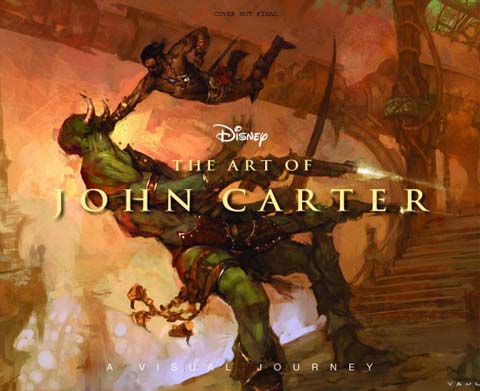
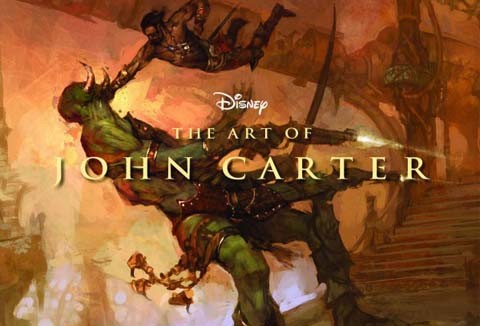
2012 Animation Book Preview
The future of animation books, like the rest of the publishing industry, isn’t rosy. Page counts and print runs are shrinking, and publishers seem more reluctant than ever to take risks with unconventional subject matter. Despite the uncertainty, there is still a fairly promising line-up of animation-related titles being released in 2012, including a much-needed biography of the McKimson brothers (most notably Bob, but also Chuck and Tom), the definitive history of UPA, and an intriguing flipbook project by Up and Monsters, Inc. director Pete Docter. My list below is by no means complete. Publishers still haven’t released their winter ’12 titles, and others books will certainly pop up throughout the course of the year. If you know of other animation-related titles coming out in 2012, please comment below.
FEBRUARY 2012
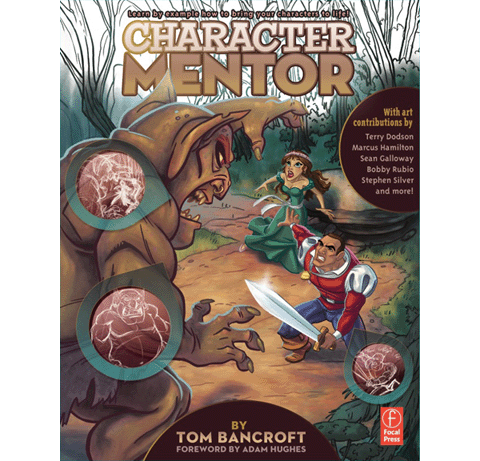
Character Mentor: Learn by Example to Use Expressions, Poses, and Staging to Bring Your Characters to Life by Tom Bancroft, foreword by Adam Hughes (Focal Press).
Book description: You’ve researched your character extensively, tailored her to your audience, sketched hundreds of versions, and now you lean back content as you gaze at your final character model sheet. But now what? Whether you want to use her in an animated film, television show, video game, web comic, or children’s book, you’re going to have to make her perform. How a character looks and is costumed starts to tell her story, but her body language reveals even more. Character Mentor shows you how to pose your character, create emotion through facial expressions, and stage your character to create drama. Author Tom Bancroft addresses each topic with clear, concise prose, and then shows you what he really means through commenting on and redrawing artwork from a variety of student “apprentices.” His assignments allow you to join in and bring your drawing to the next level with concrete techniques, as well as more theoretical analysis.Character Mentor is an apprenticeship in a book. Professional artists from a variety of media offer their experience through additional commentary. These include Marcus Hamilton (Dennis the Menace), Terry Dodson (X-Men), Bobby Rubio (Pixar), Sean “Cheeks” Galloway (Spiderman animated), and more.
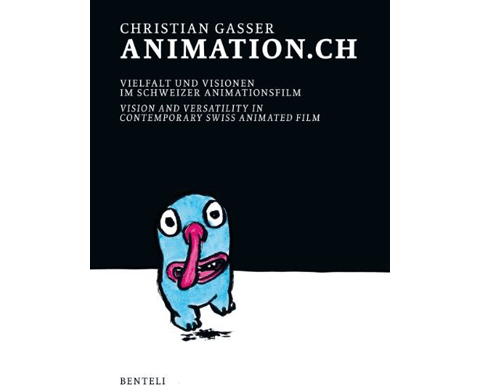
Animation.CH: Vision and Versatility in Contemporary Swiss Animated Film by Christian Gasser (Benteli Verlags).
Book description: Swiss animated film is currently in one of its most productive, ambitious and successful historical periods. Never before have so many films been made and never before have these films enjoyed such international success. At the centre of animation.ch are conversations with 20 film makers who represent the variety and uniqueness of Swiss animated film – from short author films to children’s productions, from television series to feature film projects, not to mention art and commercial productions. animation.ch explores the development of Swiss animated film over the last 20 years, examines current trends and looks at what’s to come in the future. With Georges Schwizgebel, Jonas Raeber, Samuel and Frédéric Guillaume, Ted Sieger, Yves Netzhammer, Claudius Gentinetta, Claude Barras, Isabelle Favez, Jadwiga Kowalska, Rafael Sommerhalder, Adrian Flückiger, Marina Rosset, Basil Vogt, Dustin Rees, Zoltán Horváth,Izabela Rieben, Maja Gehrig, Anne Baillod, François Chalet and Claude Luyet.
MARCH 2012

The Art of John Carter: A Visual Journey by Josh Kushins (Disney Editions). Artwork from the first live-action feature by Andrew Stanton (Finding Nemo, Wall-E). Not necessarily animation-related but of likely interest to fans of Stanton’s Pixar films.

When Magoo Flew: The Rise and Fall of Animation Studio UPA by Adam Abraham (Wesleyan University Press). Read our preview of When Magoo Flew.
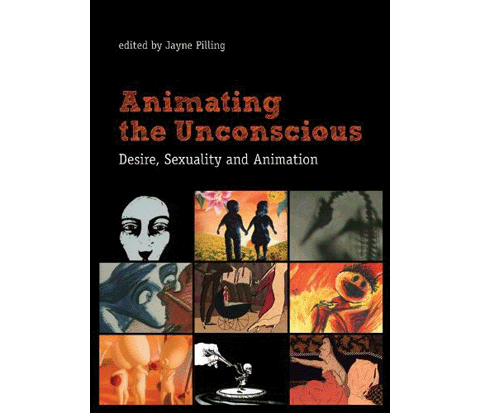
Animating the Unconscious: Desire, Sexuality and Animation by Jayne Pilling (Wallflower Press). British animation historian Jayne Pilling has also compiled a three-part DVD series focused on the same theme.
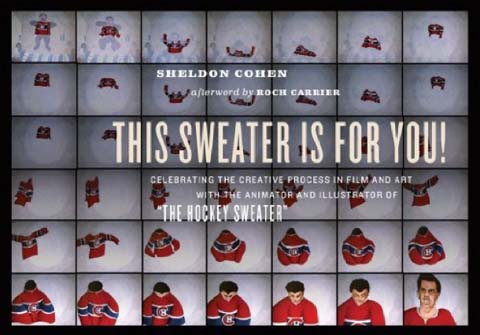
This Sweater Is for You!: Celebrating the Creative Process in Film and Art with the Animator and Illustrator of “The Hockey Sweater” by Sheldon Cohen (ECW Press).
Book description: One of the most beloved stories of all time–The Hockey Sweater–is celebrated in this heartfelt recollection. Reflecting on the original short story and mortifying real-life moment that started it all, the account relates how the resulting film is as much about childhood emotions and the desire to fit in as it is about hockey, the clash of cultures, and a harkening to bygone times. Canada’s tireless devotion to the film is illustrated, emphasizing how it is also loved by many more around the world. Delving into the artist’s notebooks, photographs, and memories, this record recreates the movie’s entire development, journeying back to the people and places that inspired its original imagery. The director’s additional films and illustrations are also explored, chronicling a 40-year career and providing rich insights into the creative process.
MAY 2012

“I Say, I Say . . . Son!”: A Tribute to Legendary Animators Bob, Chuck, and Tom McKimson by Robert McKimson Jr., foreword by John Kricfalusi (Santa Monica Press).
Book description: The first survey dedicated to the work of the McKimson brothers, this book offers a rare behind-the-scenes look at the upper echelon of 20th-century animation and examines the creative process behind the making of numerous popular characters and classic programs. Featuring original artwork from the golden age of animation, this book includes a wealth of material from many professional archives–screen captures, original drawings, reproductions of animation cels, illustrations from comic books, lobby cards, and other ephemera from the author’s collection–while surveying the careers of three groundbreaking animators whose credits include Looney Tunes, the Pink Panther, and Mr. Magoo. Beginning in the 1920s and then tracing the brothers’ work together at Warner Brothers Cartoons in the following decades, this history details Robert McKimson’s creation of such beloved characters as Foghorn Leghorn, the Tasmanian Devil, and Speedy Gonzales; Tom McKimson’s work at Warner Brothers, Dell Comics, and Golden Books; and Chuck McKimson’s long career working in comic books and then later at Pacific Title, creating animated film titles and commercials, including his award-winning work on Music Man, Cleopatra, and The Sound of Music.
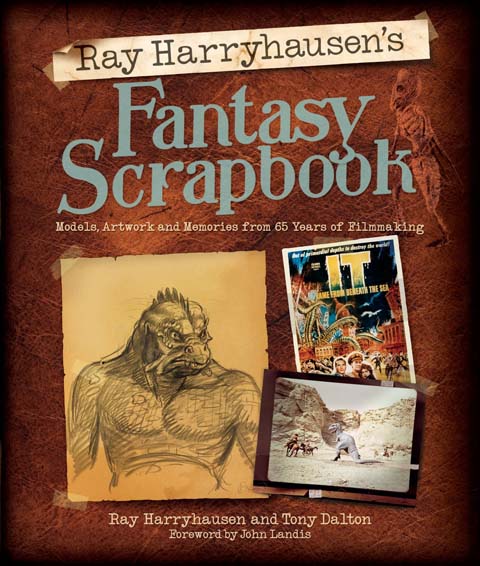
Ray Harryhausen’s Fantasy Scrapbook: Models, Artwork and Memories from 65 Years of Filmmaking by Ray Harryhausen and Tony Dalton, foreword by John Landis (Aurum Press).
Book description: Designed in the form of a scrapbook, this visual feast for Harryhausen fans reveals models from unrealized projects, such as dinosaurs from the unfinished film Evolution; prints of outtakes from various films; early concept drawings and storyboards; color transparencies of Ray at work; written artifacts such as letters, production budgets, and a diary that details Ray’s first meeting with his mentor Willis O’Brien; early film treatments and script extracts; publicity posters and brochures; and more. Some items show Ray’s earliest artistic endeavors such as watercolors painted when he was 15 years old and marionettes of creatures from King Kong that he made when he saw the film in 1933. The result is a treasure trove of rare artifacts and material which not only offer new insights into how Ray created particular effects, but bring the worlds of his films to life in a new way and paint a fascinating visual portrait of the man himself and his creative imagination.
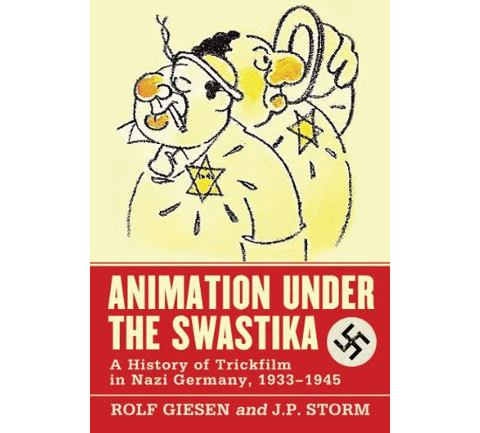
Animation Under the Swastika: A History of Trickfilm in Nazi Germany, 1933-1945 by Rolf Giesen and J. P. Storm (Mcfarland & Co.)
Book description: Among their many idiosyncrasies, Adolf Hitler and Joseph Goebbels, the Nazi minister of propaganda, remained serious cartoon aficionados throughout their lives. They adored animation and their influence on German animation after World War II continues to this day. This study explores Hitler and Goebbels’ efforts to establish a German cartoon industry to rival Walt Disney’s and their love-hate relationship with American producers, whose films they studied behind locked doors. Despite their ambitious dream, all that remains of their efforts are a few cartoon shorts–advertising and puppet films starring dogs, cats, birds, hedgehogs, insects, Teutonic dwarves, and other fairy-tale ensemble. While these pieces do not hold much propaganda value, they perfectly illustrate Hannah Arendt’s controversial description of those who perpetrated the Holocaust: the banality of evil.
JUNE 2012
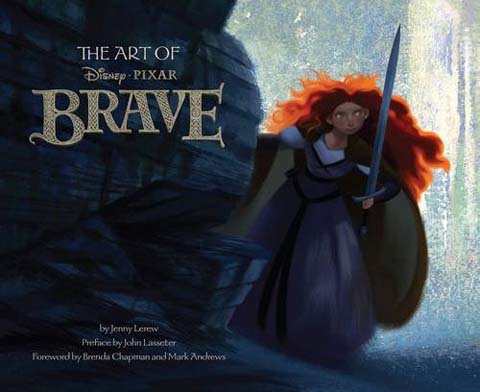
The Art of Brave by Jenny Lerew (Chronicle Books)
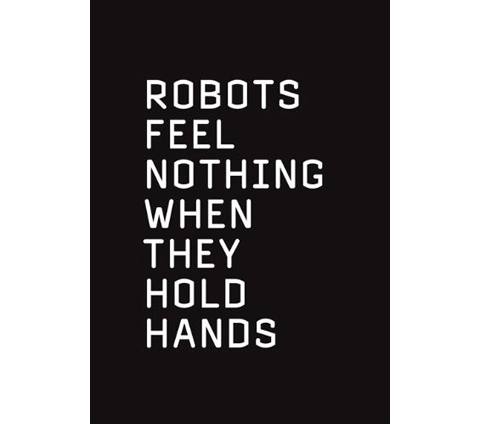
Robots Feel Nothing When They Hold Hands written by Alec Sulkin, Artie Johann, and Michael Desilets, and illustrated by Joe Vaux and Dominic Bianchi (Chronicle Books). It’s described as an “R-rated picture book of jokes” by writers and artists who work on Family Guy. Expect 192 pages of this.
AUGUST 2012
The Toy Story Films: An Animated Journey by Charles Solomon (Disney Editions)
SEPTEMBER 2012
Animation Flipbook Box Set by Pete Docter (Disney Editions)
FALL 2012
Imagination Illustrated: The Jim Henson Journal by Karen Falk (Chronicle Books). Book description: Compiled directly from the Henson workshop archives, this elegant and inspirational gift book adapts the diary that Jim Henson faithfully kept throughout his career, collecting rare sketches, concepts, photographs, and ideas from the creator of the Muppets and one of the twentieth century’s most influential artistic talents. Throughout, archivist Karen Falk offers behind-the-scenes details and insights into Henson’s writings and drawings and offers insights into Henson’s life, his magical creations, and the artistic process.
Part of a Complete Breakfast: Cereal Advertising Characters of the Baby Boom Era by Tim Hollis (University Press of Florida).
The Fairest One of All: The Making of Walt Disney’s “Snow White and the Seven Dwarfs” by J. B. Kaufman (Walt Disney Family Foundation Press).
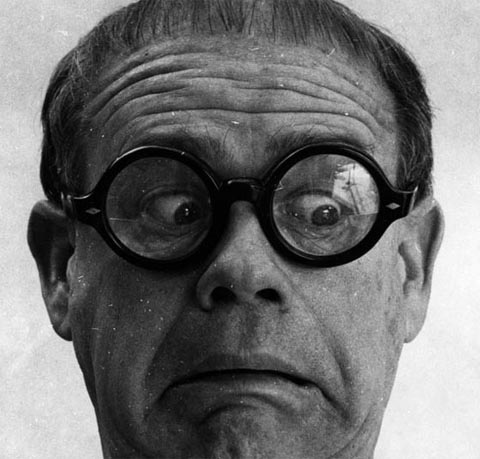 Full Steam Ahead: The Life and Art of Ward Kimball by Amid Amidi, foreword by Brad Bird (Chronicle Books). This is my own book, which I’ve been working on for the past five years. I announced the project a few months ago.
Full Steam Ahead: The Life and Art of Ward Kimball by Amid Amidi, foreword by Brad Bird (Chronicle Books). This is my own book, which I’ve been working on for the past five years. I announced the project a few months ago.

.png)